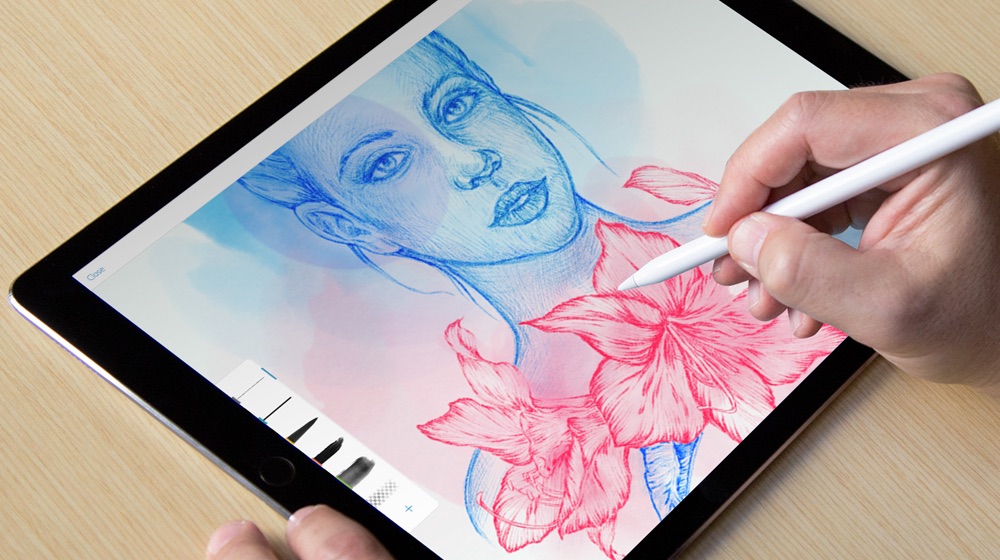Week 3: Robotics + Art
For this week's blog post, I would like to talk about an invention of a machine that changed the world. This machine was the printing press. The printing press was created by Johannes Gutenberg. He mostly adapted existing technology to create this press. Once book making was mechanized, books were able to be mass produced and it was very profitable. This changed many sectors including religion. This is because the bible was able to be printed and distributed to more and more people.
Even though this was an amazing invention, there were people who realized that once something becomes mass produced, it is no longer special. Walter Benjamin actually discusses this in the article “The Work of Art in the Age of Mechanical Reproduction”. In this article, he says that mechanization in general destroys the pure value of what art originally is. I understand his argument and agree that a handmade book is much more valuable than a mass produced one. However, I believe that the meaning of art is shifting, and something that is mass produced or reproduced can still be considered art.
 |
| Hand-written and Hand-painted Book |
Art has changed drastically over the past few centuries. Instead of longing for the days before mechanization and robots, we should embrace the new art forms that have emerged. These new art forms include cameras and photography, video, and printing. Art is now digital, and should be treated the same as art that exists in the physical world.
 |
| Digital Art on iPad |
Benjamin, Walter. “The Work of Art in the Age of Mechanical Reproduction.” Germany, 1936. Davis, Douglas. “The Work of Art in the Age of Digital Reproduction (An Evolving Thesis: 1991-1995).” Leonardo, vol. 28, no. 5, 1995, pp. 381–386. JSTOR, www.jstor.org/stable/1576221. “Digital Painting on IPad.” Adobe, helpx.adobe.com/content/dam/help/en/mobile-apps/how-to/digital-painting-drawing-photoshop-sketch/jcr_content/main-pars/image_1103424972/digital-painting-drawing-photoshop-sketch-v2_1000x560.jpg. “German Psalter.” Abe Books, www.abebooks.com/images/medieval-manuscripts/german-psalter.png. Jazbec, Maša. “INTERPERSONAL INTERACTIONS I. (BODY SWAPPING EXPERIMENT WITH AN ANDROID BODY).” Maša Jazbec Mikkel, 2021, masajazbec.si/interpersonal-interactions-i-body-swapping-experiment-with-an-android-body/. “Printing Press.” History, www.history.com/.image/t_share/MTY2NTE2OTU2MzQ0NjI0MzUx/961d16d5-5443-409c-ac14-23c67cb6592f.jpg. Vesna, Victoria. Robotics pt1. YouTube, 15 Apr. 2012, youtu.be/cRw9_v6w0ew.


I like how we basically wrote the same stuff about how the printing press introduced mass production, and the effects it had on the value and appreciation of such items.
ReplyDeletei enjoyed how you mentioned the printing press as how industrialization influenced the public. i thought about writing about that but i wasn't sure how to word it. great job!
ReplyDelete